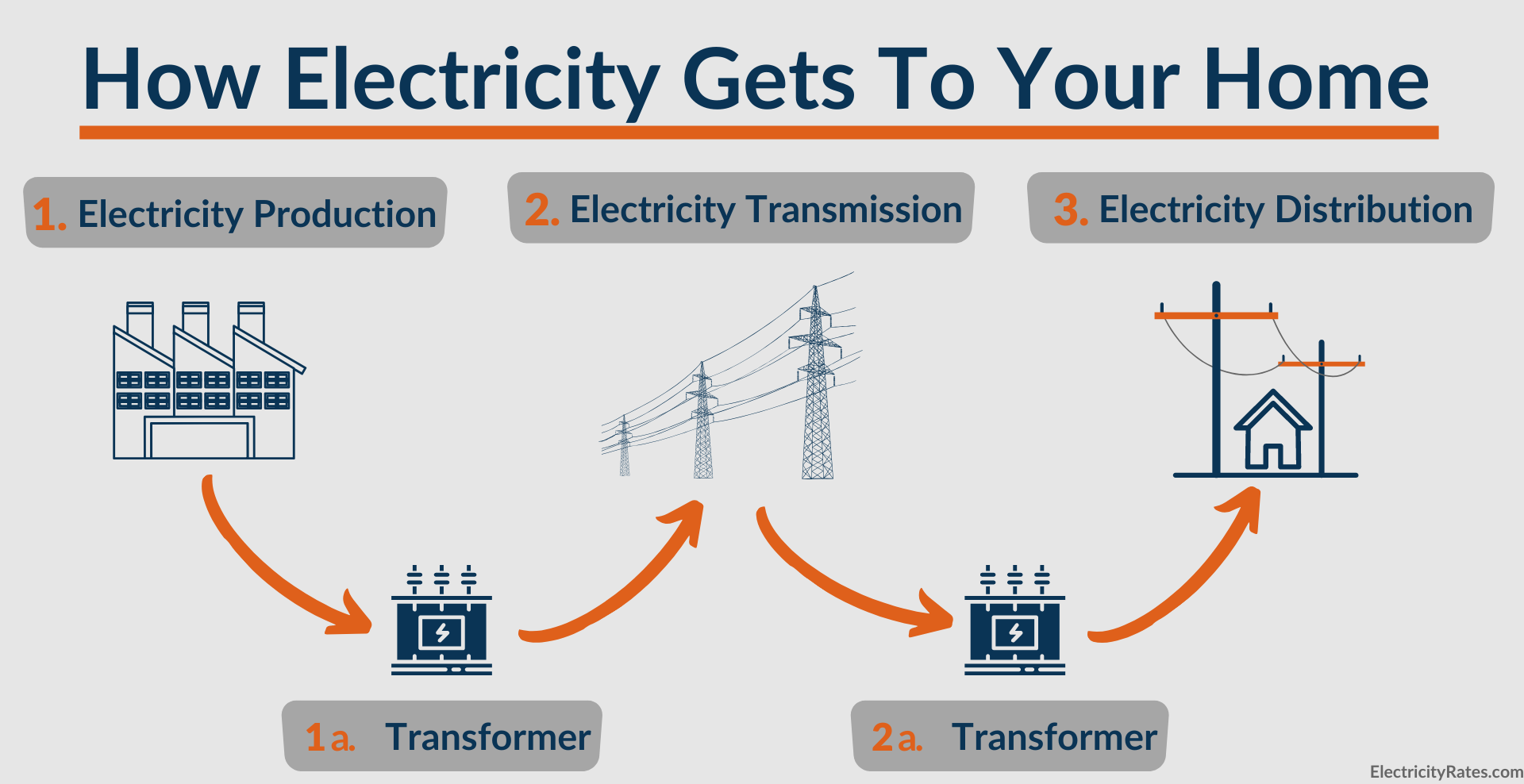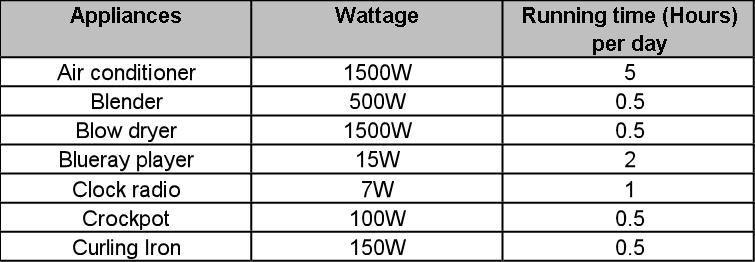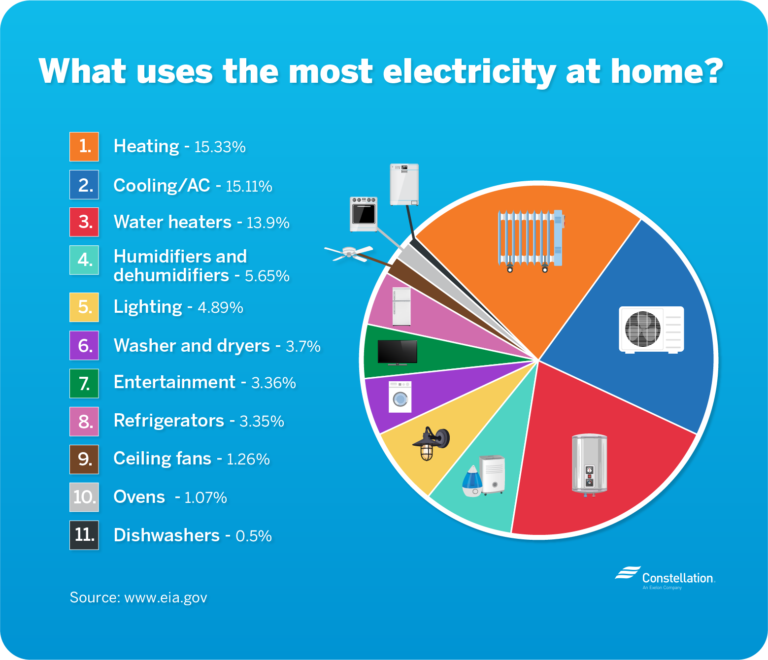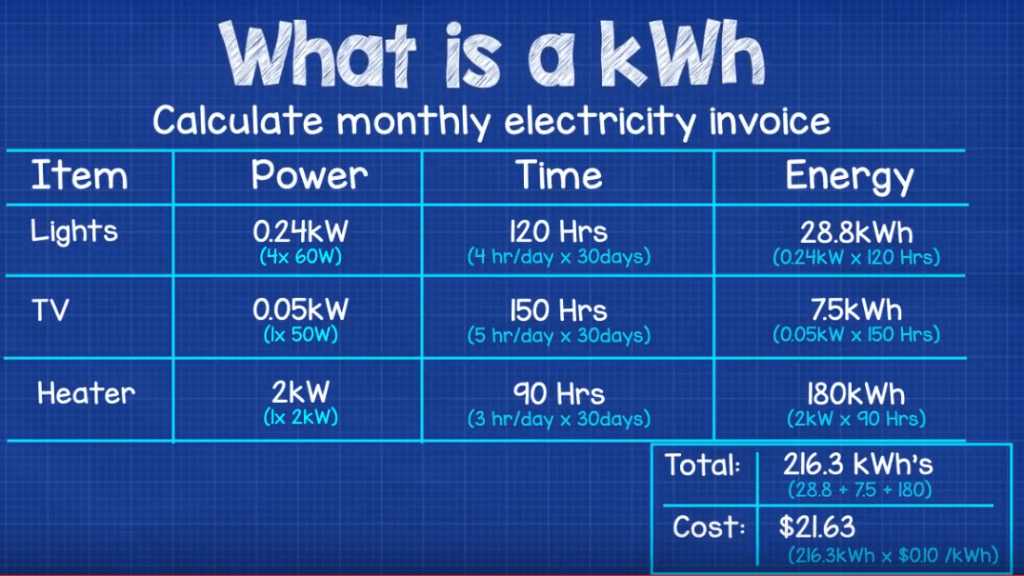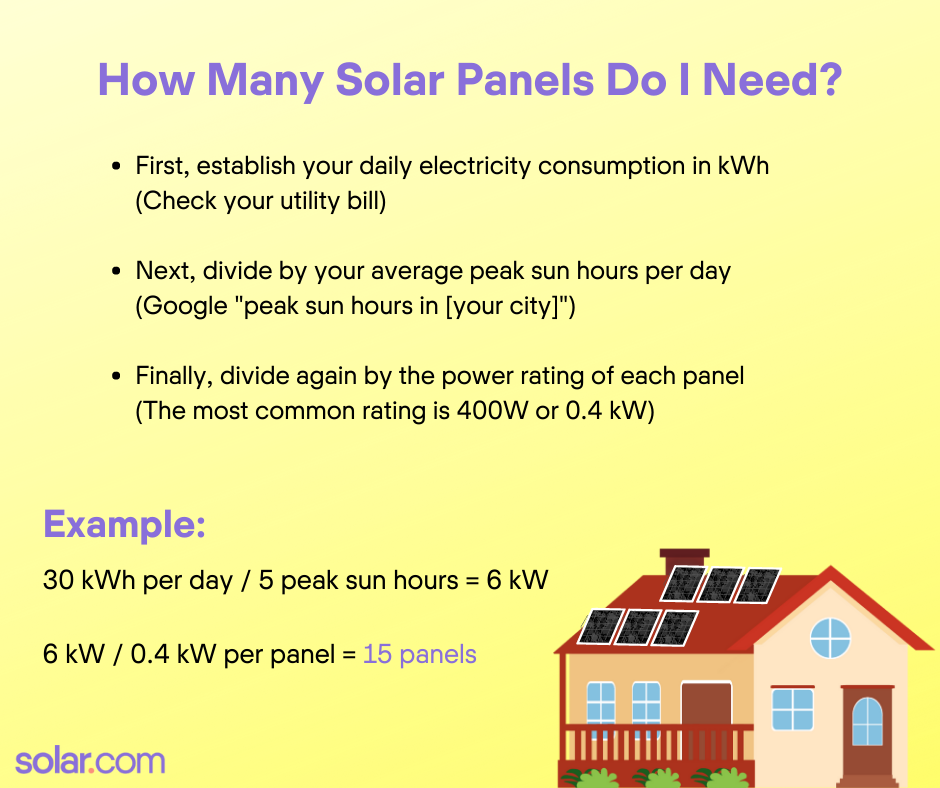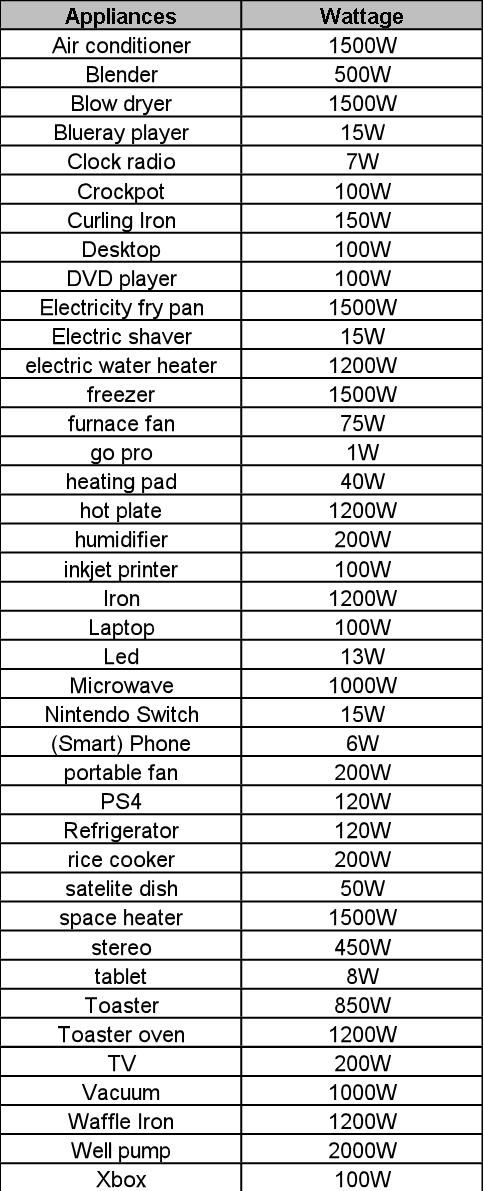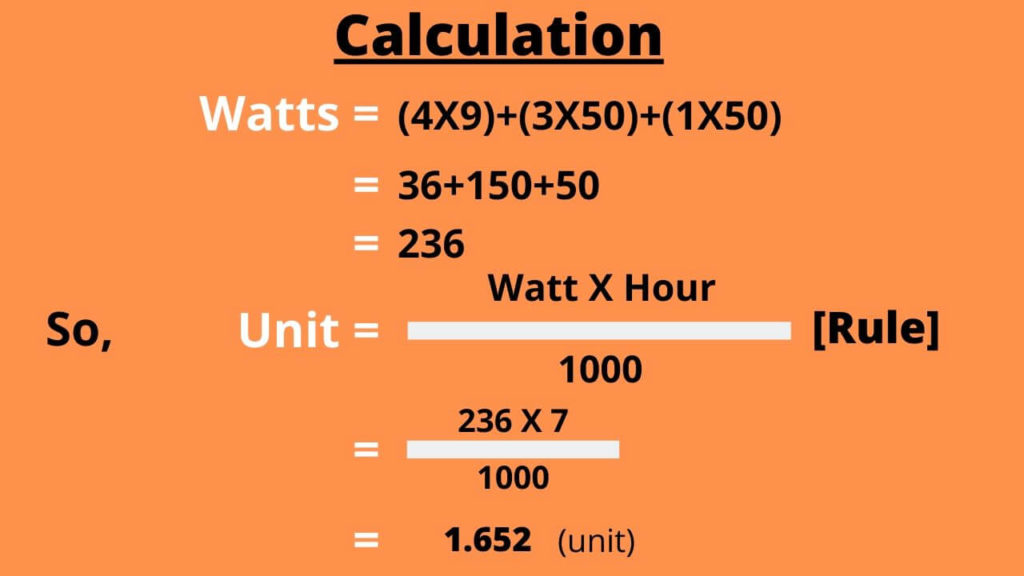How Much To Run Electricity To A House
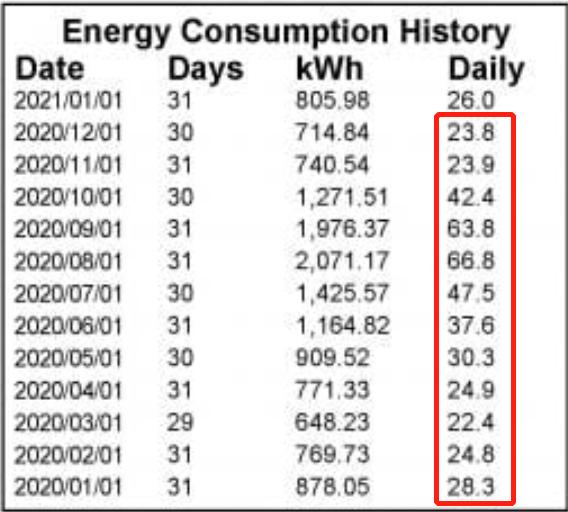
Imagine standing at the edge of your dream property, a picturesque lot where you envision building your forever home. The sun sets, casting long shadows across the land, but a critical question flickers in your mind: How will you bring this dream to life, electrically speaking? That simple query unlocks a cascade of considerations, from permits and pole placements to transformers and trenches.
The cost of running electricity to a house can range dramatically, typically falling anywhere from $1,000 to $50,000 or more. This wide variance hinges on factors like distance from the power grid, terrain, local regulations, and the complexity of the electrical service required. Understanding these factors is crucial for budgeting and planning your new home build effectively.
Factors Influencing the Cost
One of the most significant determinants is the distance between your property and the nearest existing power line. The farther you are, the more materials (wires, poles, transformers) and labor will be needed, driving up the cost substantially.
The terrain also plays a major role. Rocky soil or areas with dense vegetation can make trenching difficult and time-consuming, increasing labor costs. Similarly, crossing obstacles like roads, creeks, or protected areas can necessitate specialized equipment and permits.
Speaking of permits, navigating local building codes and regulations is a crucial step. Each municipality has its own set of requirements for electrical installations, and obtaining the necessary permits can involve fees and inspections.
Finally, the size of the electrical service your home requires will impact the cost. A larger home with numerous appliances and systems (like central air conditioning or an electric vehicle charger) will need a higher amperage service, which translates to thicker wires and more robust equipment.
Breaking Down the Expenses
Several components contribute to the overall cost of running electricity to a house. These include utility company connection fees, which can vary widely depending on the provider and location.
The cost of materials like wiring, poles, transformers, and conduits can also add up quickly. These materials need to be of high quality and meet local safety standards.
Labor costs for electricians, trenching crews, and other skilled professionals form a significant portion of the total expense. Engaging qualified and licensed contractors is essential to ensure the job is done safely and correctly.
Underground vs. Overhead Wiring
You'll typically have two options for running the electricity: underground or overhead. Overhead wiring is generally less expensive initially, but it can be more vulnerable to weather damage and may be restricted in some areas for aesthetic reasons.
Underground wiring, while more costly upfront, offers greater protection from the elements and can improve the overall appearance of your property. The choice depends on your budget, local regulations, and personal preferences.
Seeking Professional Advice
Before breaking ground, consult with a licensed electrician and your local utility company. These professionals can assess your specific needs, provide accurate cost estimates, and guide you through the permitting process.
Obtaining multiple quotes from different contractors is also a smart move. This allows you to compare prices and services, ensuring you get the best value for your investment.
Remember to inquire about potential rebates or incentives offered by your utility company or government agencies. These programs can help offset some of the costs associated with electrical installations.
A Bright Future Ahead
Running electricity to a house is a significant investment, but it's a crucial step toward realizing your dream of homeownership. By understanding the factors that influence the cost and seeking expert advice, you can navigate this process with confidence.
As you flip that first switch and illuminate your new home, you'll know that you've not only powered your house but also brought your vision to life. The glow of the lights serves as a testament to your hard work and careful planning, transforming a vacant lot into a vibrant haven.

